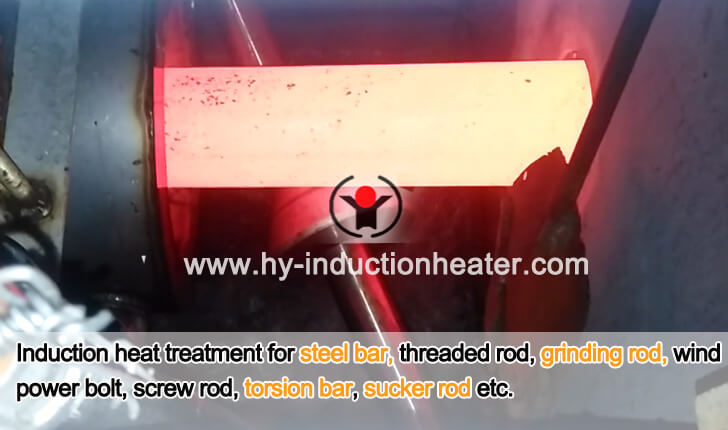Why is the hardness of workpiece not enough after quenching heat treatment?
In the production process, sometimes there will be insufficient hardness after quenching, which is a common defect in the quenching heat treatment process. Sometimes the hardness of the whole workpiece is low, and sometimes the local hardness is not enough or produce soft spots. There are many reasons for inadequate hardness during quenching, which are closely related to the inherent metallurgical defects, improper material selection, mismatched materials, poor structural and technological properties in design, heating process, cooling medium, cooling method and tempering temperature. Integrating some practices, please summarize these common possible factors:
1. Raw material problems
(1) Improper selection of raw materials or wrong materials. Parts made of high or medium carbon steel should be misused for low carbon steel; parts made of alloy tool steel should be misused for ordinary high carbon steel.
(2) The microstructure of raw materials is uneven. For example, the segregation or aggregation of carbides, the distribution of ferrite in large blocks, graphite carbon, severe widmanstatten or banded structure, etc.

2.Heating technology problems
(1) Low quenching and heating temperature and insufficient holding time are also the causes of insufficient hardness after quenching. For hypoeutectoid steels, when the heating temperature is between AC3 and AC1, the hardness of the workpiece is affected because the ferrite is not completely soluble in austenite and uniform martensite can not be obtained after quenching. Undissolved ferrite is found in metallographic analysis.
(2) The quenching temperature is too high and the holding time is too long. For tool steels, when the heating temperature is too high, a large number of carbides dissolve in austenite, which greatly increases the stability of austenite and decreases the martensite transformation point. Therefore, a large amount of retained austenite is retained in the quenched workpiece and the hardness of the quenched workpiece decreases. In the metallographic analysis, the amount of retained austenite is obvious.
(3) When quenching and heating, the surface of the workpiece decarburization, so that the surface hardness is insufficient. In metallographic analysis, there are ferrite and low carbon martensite on the surface. When the decarburization layer is removed, the hardness meets the requirements. Oxygen decarbonization will occur when the workpiece is heated in a box furnace without protection or poor protection, or in a salt bath furnace with poor deoxidization.
3.Cooling technology problems
(1) Improper selection of quenching medium. For example, oil cooling should be used for hardening or alkali quenching workpieces, because the cooling capacity is not enough, the cooling rate is too slow, in the cooling process austenite will occur pearlite transformation and can not get martensite, resulting in low hardness value of the workpiece.
(2) The quenchant medium is too old, such as our factory quenching oil.In the long-term use process, carbon black and residue make viscosity increase, resulting in cooling capacity decline and oil aging.
(3) The quenching medium temperature is too high, prone to soft spots.
(4) Improper control of cooling time.
(5) In the cooling process, improper operation will also produce soft spots.
This article is from the bar heat treatment furnace manufacturer–Forever.

Overseas manager: Tom Wang
Email:tom@foreverfurnace.com
Phone: 0086-13303078975(whatsapp, wechat,line)
Specialist of induction heating equipment is glad to be your partner in the field of induction heating.
Post time: 08-27-2018




